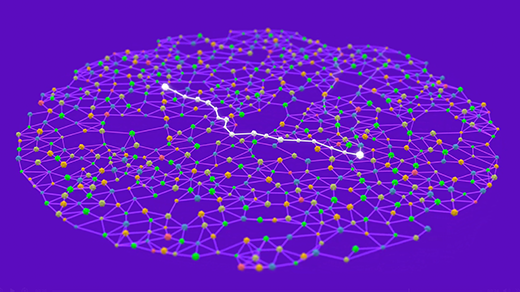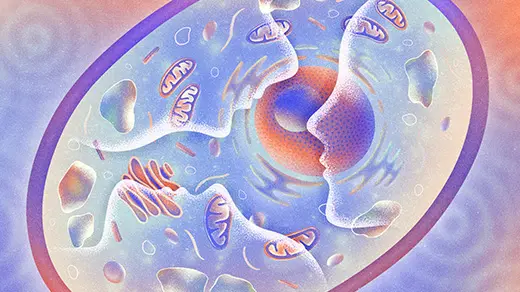Archive
Latest Articles
The AI Was Fed Sloppy Code. It Turned Into Something Evil.
The new science of “emergent misalignment” explores how PG-13 training data — insecure code, superstitious numbers or even extreme-sports advice — can open the door to AI’s dark side.
What Does It Mean To Be Thirsty?
The effects of insufficient water are felt by every cell in the body, but it’s the brain that manifests our experience of thirst.
‘It’s a Mess’: A Brain-Bending Trip to Quantum Theory’s 100th Birthday Party
Hundreds of physicists (and a few journalists) journeyed to Helgoland, the birthplace of quantum mechanics, and grappled with what they have and haven’t learned about reality.
How Can Math Protect Our Data?
Mary Wootters discusses how error-correcting codes work, and how they are essential for reliable communication and storage.
New Method Is the Fastest Way To Find the Best Routes
A canonical problem in computer science is to find the shortest route to every point in a network. A new approach beats the classic algorithm taught in textbooks.
Earth’s Core Appears To Be Leaking Up and Out of Earth’s Surface
Strong new evidence suggests that primordial material from the planet’s center is somehow making its way out. Continent-size entities anchored to the core-mantle boundary might be involved.
At 17, Hannah Cairo Solved a Major Math Mystery
After finding the homeschooling life confining, the teen petitioned her way into a graduate class at Berkeley, where she ended up disproving a 40-year-old conjecture.
What Can a Cell Remember?
A small but enthusiastic group of neuroscientists is exhuming overlooked experiments and performing new ones to explore whether cells record past experiences — fundamentally challenging what memory is.
Why the Key to a Mathematical Life is Collaboration
Fan Chung, who has an Erdős number of 1, discusses the importance of connection — both human and mathematical.








